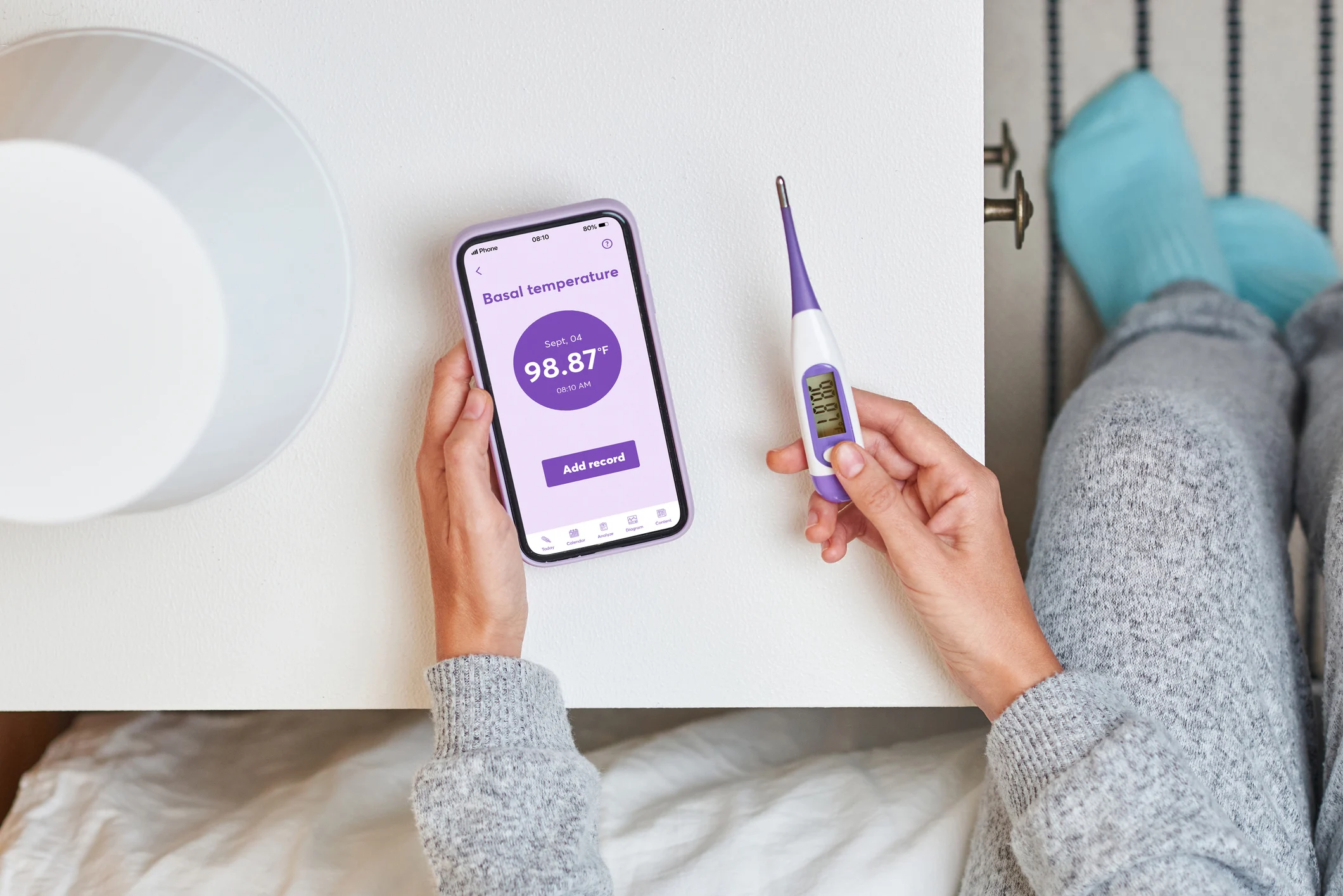If you’ve been trying to conceive on your own, you’re likely already familiar with timing intercourse within your fertile window. A timed intercourse cycle is a strategic way of optimizing your fertile window by using medication and guidance from a medical team to stimulate egg production by the ovaries, induce ovulation, and improve chances for natural conception.
Timed intercourse is a low intervention treatment option. Candidates for a timed intercourse cycle are women with irregular or absent ovulation, hormonal abnormalities during the cycle which often causes spotting or unexplained infertility.
Prior to pursuing any treatment, your physician will complete the standard fertility tests. For women, this includes blood tests and an ultrasound to evaluate egg supply, ovarian function, and the anatomy of the reproductive structures. For men, a physical evaluation will be followed by a semen analysis for sperm count, concentration, morphology (shape), and motility (movement).
General steps of timed intercourse
After you are cleared for a timed intercourse cycle, you can generally expect the following steps in the process. Because treatment is personalized to each patient, not every patient will follow these steps precisely. Your team will make customized decisions to increase your personal chances of success.
Step 1: Period starts
Once your period begins and you have a full flow, mark down the date and alert your physician’s staff. For women who do not have a period, progesterone medication such as Provera can be taken to induce a period. If you are taking stimulation medication such as Clomid, the first day of your period with a full flow (not spotting) is important to mark down because you will take medication on certain days based on this date.
Step 2: Ultrasound baseline
Next, your physician will perform a transvaginal ultrasound to evaluate the ovaries. Should any large cysts be present, the cycle may be canceled. Tiny cysts, such as those seen in women with polycystic ovary syndrome (PCOS), will not cause a cycle to be canceled.
Step 3: Medication begins
Medication is used to boost hormone production, and stimulate the ovaries to promote the development of a mature egg or eggs that will then be released during ovulation. Medication may be prescribed in a pill form, such as Clomid, or in an injectable form. Oral medication is usually taken for 5 days and injectable medication is typically taken for 8-12 days based on how the ovaries respond. Your doctor will create a custom medication schedule tailored to you. Some women take oral medication at night to sleep through some of the side effects, while others prefer taking it in the morning.
Step 4: Monitoring the ovaries
In order to allow for the most accurate timing of each step, ultrasounds and blood work will be completed every two to three days to monitor follicle growth and ensure things are progressing safely. This allows your physician to evaluate how many eggs are developing and the cycle may be canceled if an excess number is likely to ovulate. The goal is to avoid a high-risk multiple pregnancy and achieve a singleton pregnancy. Based on egg development, your physician is also monitoring to select the best time to administer a trigger shot, which will induce ovulation.
Step 5: Trigger shot
Once the egg has reached optimal development, a trigger shot is administered, causing ovulation within 36-42 hours. The trigger shot has human chorionic gonadotropin (hCG), a hormone that signals the follicles to rupture and release an egg.
Step 6: Timed intercourse
After the trigger shot is given, the couple is instructed to have sex daily to every other day for three days in the privacy of their home.
Step 7: Progesterone testing
Roughly a week following timed intercourse, a blood test will evaluate progesterone levels to confirm the trigger shot caused ovulation. If progesterone levels are low, your doctor will prescribe daily supplemental progesterone, administered either vaginally or orally. Progesterone helps the endometrial lining of the uterus develop and supports the embryo attaching to the uterus.
Two weeks after ovulation, a pregnancy test is taken. Keep in mind that pregnancy tests taken earlier than two weeks may register a false positive due to the hormone given via the trigger shot.
If a cycle is unsuccessful, another cycle may be pursued with adjusted medication levels. It is common for patients to move on to more involved treatment options after no more than three timed intercourse cycles. Next steps for treatment may include intrauterine insemination (IUI) or in vitro fertilization (IVF), based on your individual diagnosis.
During this process, your doctor will take great care to discuss your options and chances for success with each. It is our goal to listen to your needs, support you on your journey, and guide you towards the choice that is best for you.
Medical contribution by John Rapisarda, M.D.
Dr. Rapisarda places emphasis on respectful, compassionate treatment for all his patients. He strives for high success rates through special interest in the treatment and management of PCOS.








